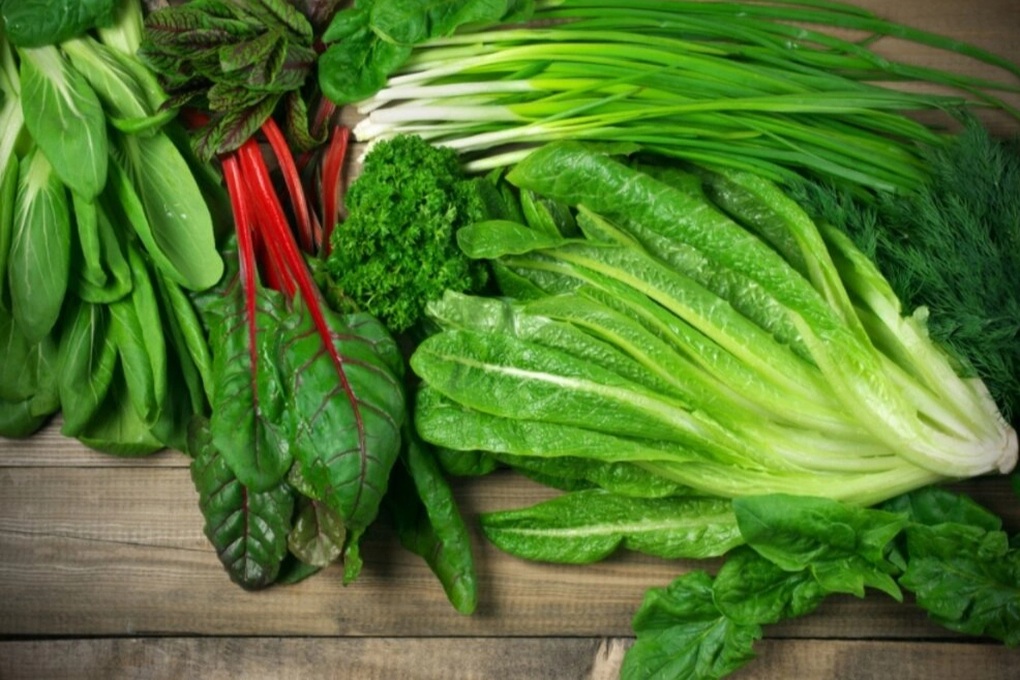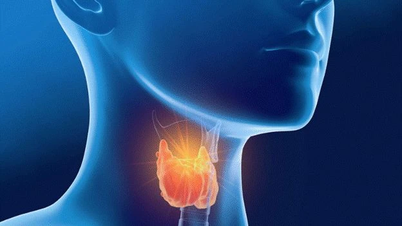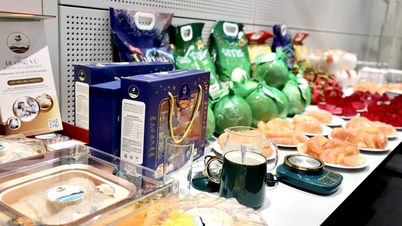Green leafy vegetables and cruciferous vegetables have long been touted as "superfoods" in a healthy diet.
Not only do these vegetables help with weight control, they also have a remarkable effect in stabilizing blood sugar and preventing type 2 diabetes.
However, if used incorrectly, their effectiveness can be negated.
Blood sugar control effects from two popular vegetable groups

Green leafy vegetables and cruciferous vegetables are very good for health (Photo: Getty).
Green leafy vegetables (spinach, water spinach, amaranth, kale, lettuce...) and cruciferous vegetables (broccoli, cauliflower, Chinese cabbage, mustard greens...) have in common that they are rich in fiber, flavonoids, lutein, beta-carotene, glucosinolates and many antioxidant compounds. These substances have been shown to have the ability to:
- Slows down the absorption of sugar from food;
- Improve insulin sensitivity;
- Anti-inflammatory and anti-oxidative stress - two key factors that aggravate diabetes.
A study published in the British Medical Journal found that consuming at least 1.15 servings of green leafy vegetables per day reduces the risk of type 2 diabetes by 14%. Another report from the World Health Organization (WHO) also recommends adding green leafy vegetables to the diet to reduce the risk of metabolic diseases.
These vegetables have a low glycemic index (GI), creating a feeling of fullness for a long time, helping to control appetite and prevent obesity - a leading risk factor for diabetes.
Common mistakes that make blood sugar control ineffective

Eating vegetables with high-calorie sauces reduces their health benefits (Photo: Getty).
Although vegetables are a golden food for diabetics, many Vietnamese people have the wrong habit of eating vegetables, seriously affecting their health benefits.
1. Eat vegetables with high-calorie sauces
Using mayonnaise, sesame sauce, cream sauce... which are rich in fat and sugar will increase total calories, causing increased blood sugar after eating. This is a common mistake when eating green salad.
2. Stir-fry vegetables with a lot of oil
Eating a lot of fat with vegetables increases the risk of cardiovascular disease and insulin resistance - a dangerous problem for diabetics.
3. Eat canned or salted vegetables
Canned vegetables contain a lot of sodium (salt), which increases blood pressure and puts stress on the cardiovascular system. In addition, salt does not directly increase blood sugar but contributes to the progression of underlying diseases.
How to use vegetables properly to support diabetes treatment
Nutritionists recommend:
- Adults should eat 300-500g of vegetables/day, prioritizing dark green leafy vegetables;
- Cruciferous vegetables should appear 2-3 times/week, about 200g each time;
- Diabetics should eat a variety of foods: Not only green vegetables but also tomatoes, eggplants, black fungus, shiitake mushrooms...
The order of eating should be followed: Eat vegetables first, then protein (fish, meat), and finally starch. This order helps reduce the post-meal blood sugar spike significantly. A study from the University of Tokyo showed that eating vegetables first reduces the post-meal blood sugar spike by 30-40%.
Process properly to preserve nutrients
Do not overcook vegetables: Cooking for a long time or frying at high temperatures can easily destroy valuable compounds such as glucosinolate, flavonoids and can produce carcinogenic heterocyclic amines.
Prioritize blanching, quick stir-frying, salad making or steaming to preserve vitamins and biological active ingredients.
Limit salt, sugar and fat; use vegetable oils rich in unsaturated fats such as olive oil, soybean oil, canola oil in amounts measured with standard spoons.
Vegetables left overnight, especially cruciferous vegetables, run the risk of accumulating nitrites, which can be converted to nitrosamines, which are harmful to the liver and kidneys. Vegetables should be consumed within 2 hours of preparation, and should not be stored for more than 3 days, even in the refrigerator.
Source: https://dantri.com.vn/suc-khoe/2-loai-rau-kiem-soat-tieu-duong-nhung-nguoi-viet-thuong-an-sai-cach-20250520075222567.htm




![[Photo] Prime Minister Pham Minh Chinh chairs a meeting on the implementation of the Lao Cai-Hanoi-Hai Phong railway project.](https://vphoto.vietnam.vn/thumb/1200x675/vietnam/resource/IMAGE/2025/5/20/0fa4c9864f63456ebc0eb504c09c7e26)


























































































Comment (0)